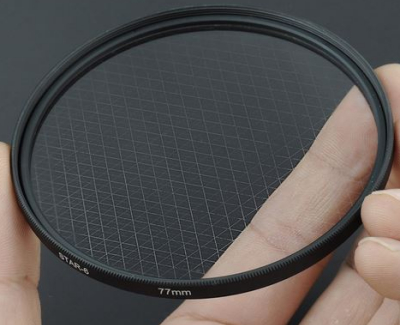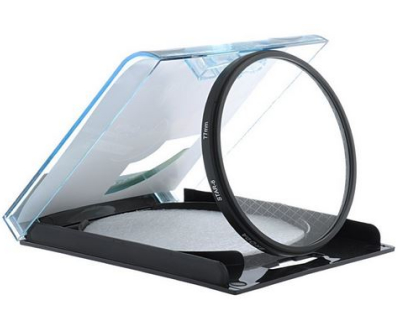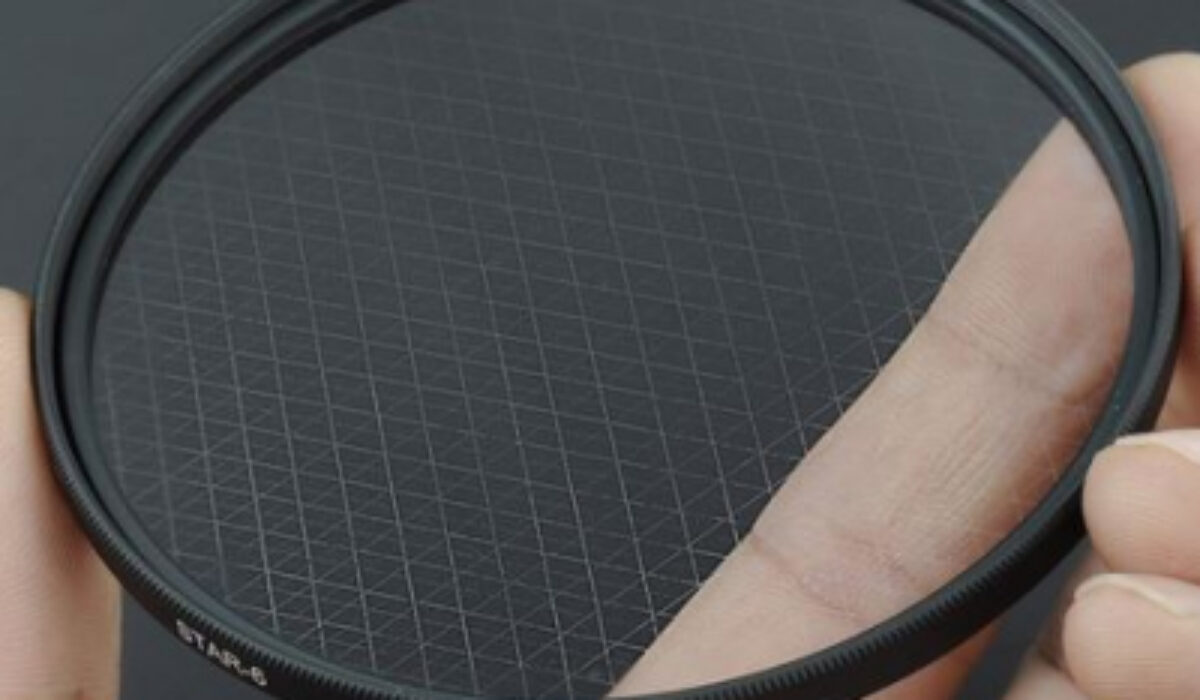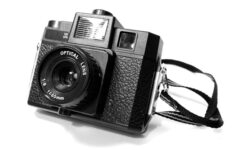What are they? A filter is a piece of glass or resin that is placed in front of your lens to modify the light entering the camera. They’re either circular or rectangular in shape. Circular filters screw into the filter thread on the front of the lens, and square filters require a filter holder to keep them in place. The most common varieties are ultraviolet (UV), polarizers, and neutral density (ND) filters.

Who are they for? While polarizing and neutral density filters are more popular with landscape and architectural photographers, UV filters are intended for all photographers, from enthusiasts to professionals. Traditionally they were designed to reduce the negative impact of UV light, but today’s sensors aren’t adversely affected so they are essentially redundant on the optical side. Instead, they act as protection for your lens’ front element, reducing t risk of dust and scratches that would otherwise damage an expensive bit of kit.
What are the benefits? Aside from providing a protective barrier between your lens and the environment, filters can modify the light entering your lens to create different effects which are not achievable in post-processing. Polarizing filters reduce the amount of reflected l reaching your sensor, and are great for making blue skies more intense, vegetation appear more lush, and minimizing reflections from water or glass. Neutral density filters act like a pair of sunglasses by reducing the amount of light entering your lens. This allows the use of longer shutter speeds or wider apertures in brighter conditions.

What are the downsides? By introducing an extra piece of glass into the light path, you will slightly decrease image quality and increase the chance of flare or ghosting occurring. Polarizing filters will reduce the amount of light reaching your sensor by 2-3 stops, so will dramatically slow down your shutter speed. Higher quality ND filters aren’t cheap; they can cost over $100 and despite being called ‘neutral’, they can still produce an unwanted color cast.




